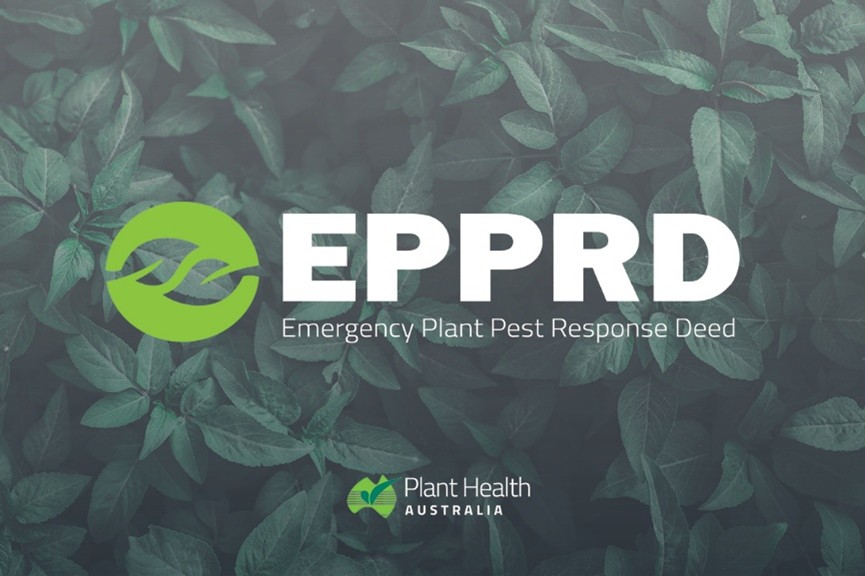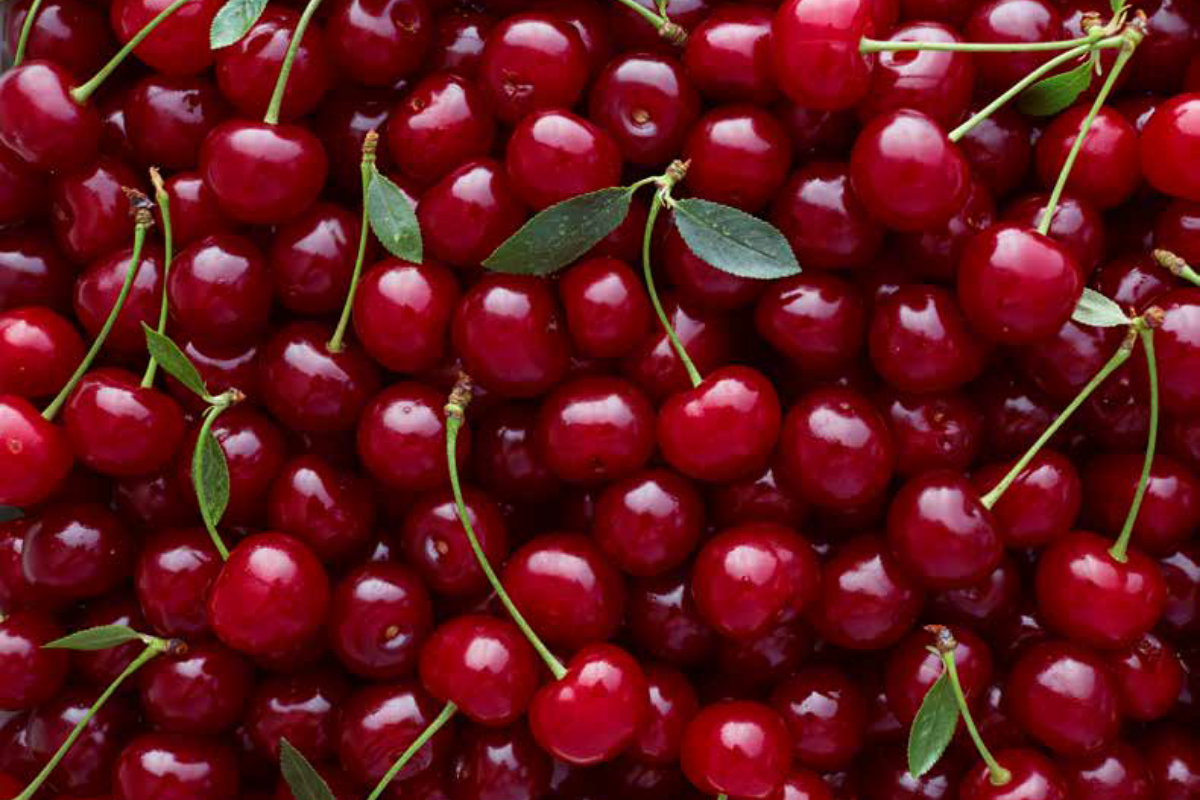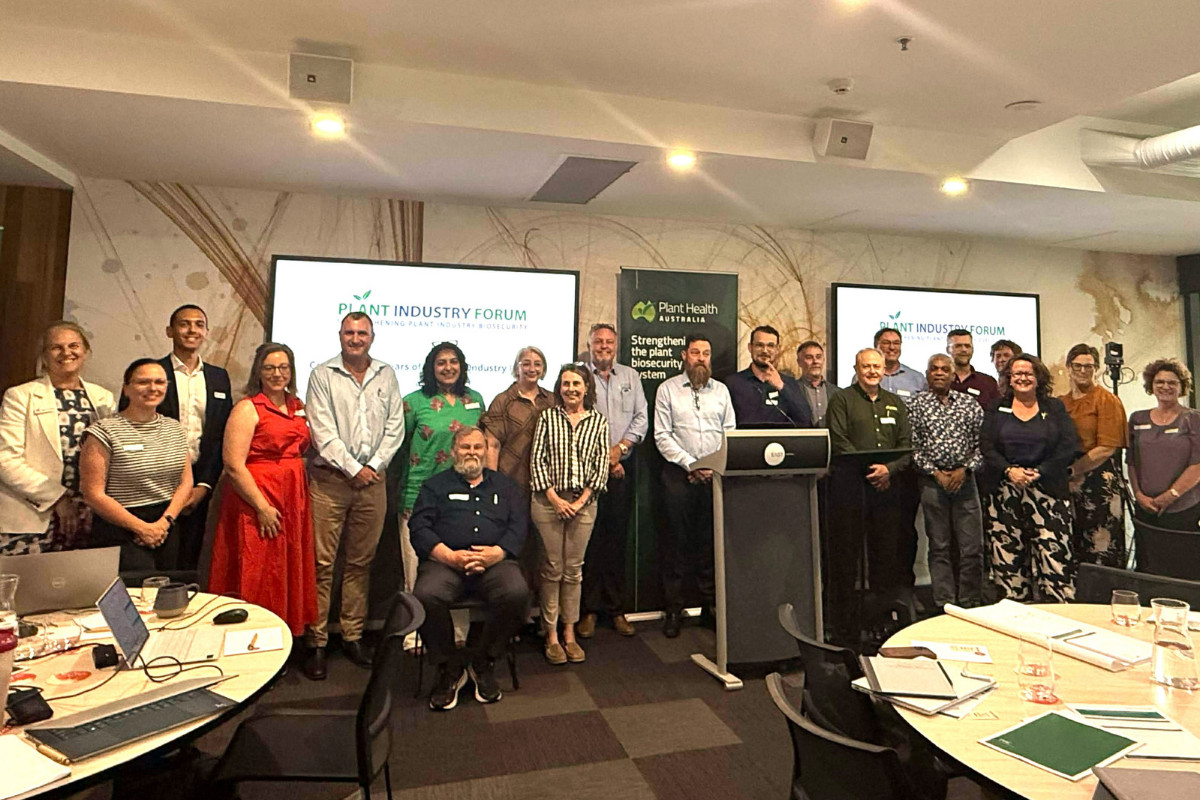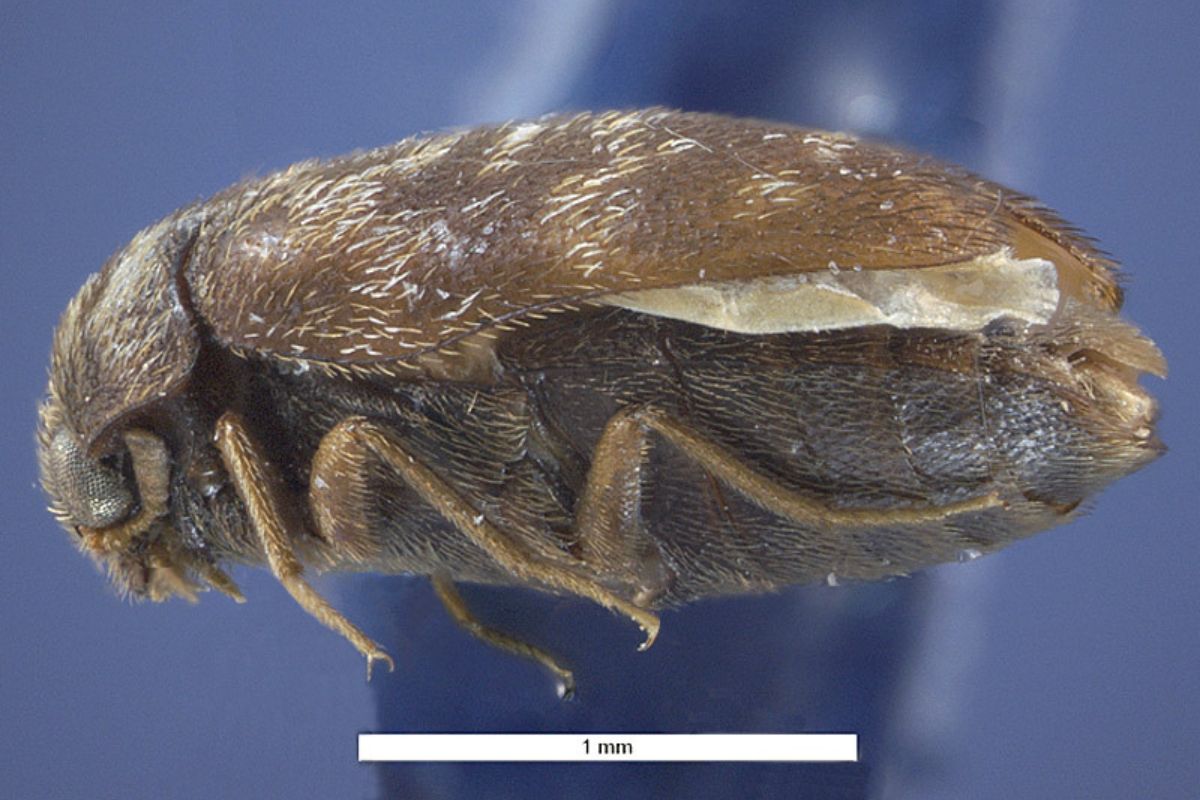Message from the CEO
As Spring begins, our biosecurity efforts remain firmly focused on response arrangements, preparedness, partnerships and system integration. This edition of Tendrils reflects that momentum – from national campaigns and training on the ground to strategic planning that strengthens resilience across the system.
The Annual Operational Plan 2024–25 Addendum was published earlier this month. The AOP Addendum outlines 2025-26 Member subscriptions across all Membership categories.
Thank you to everyone who joined the recent Industry Liaison Officer (ILO) training in Perth and in Orange. ILO’s are essential during responses and are the link between the Incident Management Team and the Affected Industry Party.
Participation in national committees and working groups provides PHA with the opportunity to contribute to the development and coordination of nationally consistent policies and procedures and is a key activity in our partnership approach. Over the past few weeks PHA staff participated in the National Biosecurity Communications and Engagement Network (NBCEN), the National Biosecurity Committee (NBC), the Plant Health Committee (PHC), the Environment and Invasives Committee (EIC), and Environmental Biosecurity Roundtable. This collaboration is critical for facilitating the industry-government partnership, and enables PHA to provide strategic insight and independent views on national discussions.
The National Fruit Fly Council (NFFC) Strategy Workshop in Brisbane on Thursday 18 September was another important milestone, bringing together industry, government and researchers to sharpen the national roadmap and ensure strong evidence supports decision-making. PHA will continue to play a key role in advancing this collective effort.
Alongside these forums, we are partnering with industry on practical initiatives. PHA recently developed the Australian Seed Federation’s (ASF) Know Before You Sow campaign which is a strong example of the tangible benefits, support and services we are able to offer our Members. The campaign highlights the power of collaboration in driving clear, actionable messages for growers, plant breeders, agronomists, researchers and retail networks.
While there are focused efforts in increasing Australia’s response and recovery capacity and capability, the risks of exotic plant pests and diseases remain real. The Potato mop-top virus incident in Tasmania, Varroa mite management in South Australia and the recent border detection of Khapra beetle in imported goods are timely reminders to remain vigilant. Our Spring grains biosecurity webinar in collaboration with the Grains Research and Development Corporation (GRDC) on Tuesday 30 September will provide a practical way for grain growers and advisers to refresh on-farm measures ahead of the harvest season. Please register and share with your networks.
Taking a broader outlook The Australian Bureau of Agricultural and Resource Economics and Sciences (ABARES) is forecasting Australia’s agriculture, fisheries and forestry sectors to reach over a $100 billion in 2025-26. This forecast leans heavily on horticulture, crop exports, livestock and animal products. Strong biosecurity needs to remain front and centre to prevent risks, keep supply steady and markets confident.
A highlight in recent weeks was the delivery of the second year of National Biosecurity Week (NBW). What began as a basic concept has now grown organically, with industry, governments and the community making it their own. We saw close to 40 media mentions and strong digital engagement. On PHA’s social media platforms alone, NBW achieved more than 55,000 impressions and 1,500 engagements. Equally important was the way our Members amplified the campaign by drawing on the stakeholder pack to share messages and resources through their own channels and tailoring them to suit their businesses and audiences. Your creativity and commitment brought the campaign to life, and I sincerely thank you for helping make NBW 2025 such a success.
It was also a pleasure to connect with Members and Industry in Cairns. Following the Board meeting, we visited James Cook University, toured the campus facilities including the Australian Tropical Herbarium, the Environmental Research Complex and heard about the Centre for Tropical Biosecurity. A visit and tour of Hartley’s Crocodile Adventures breeding facilities provided a spotlight on their practical on-farm biosecurity measures. The Board also met with Biosecurity Queensland to hear about the National Electric Ant Eradication Program and watch a demonstration of the odour detector dogs, followed by sharing of insights with the team from the Northern Australia Quarantine Strategy and a tour of their laboratories. We also visited producers on the beautiful Atherton Tablelands with our first stop being Skybury Tropical Plantation; Australia’s oldest coffee plantation and the largest papaya grower as well as Howe Farming Enterprises; a second generation family owned coffee, banana and avocado farm. These field visits highlighted the breadth of biosecurity measures and activity in Far North Queensland.
Looking ahead, preparations are underway for the Member meetings on 24–26 November in Canberra. These meetings are an important opportunity to connect and share insights. I encourage you to register now and book accommodation early, as the meetings coincide with Parliament sitting and demand for rooms will be high.
There’s much to reflect on from this past month but most importantly from my perspective, is that when we work together, our efforts demonstrate that biosecurity is not just about managing risks, it’s about people, relationships and a shared vision for the strong and secure future of Australian agriculture.
Regards,
Sarah Corcoran





